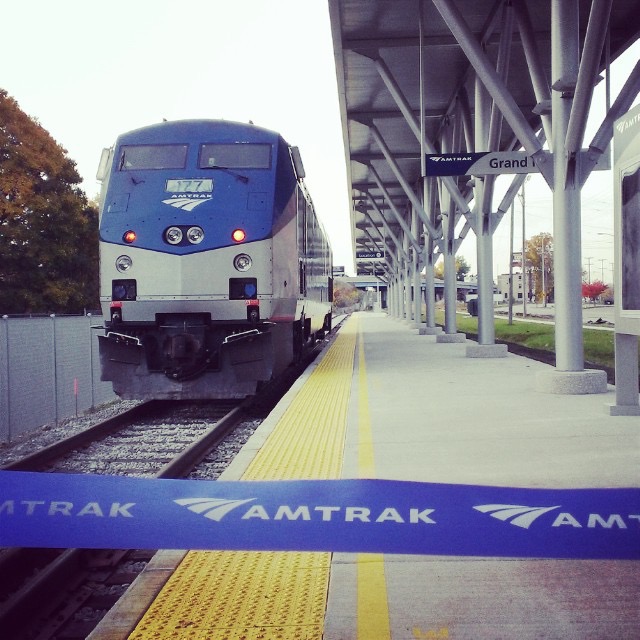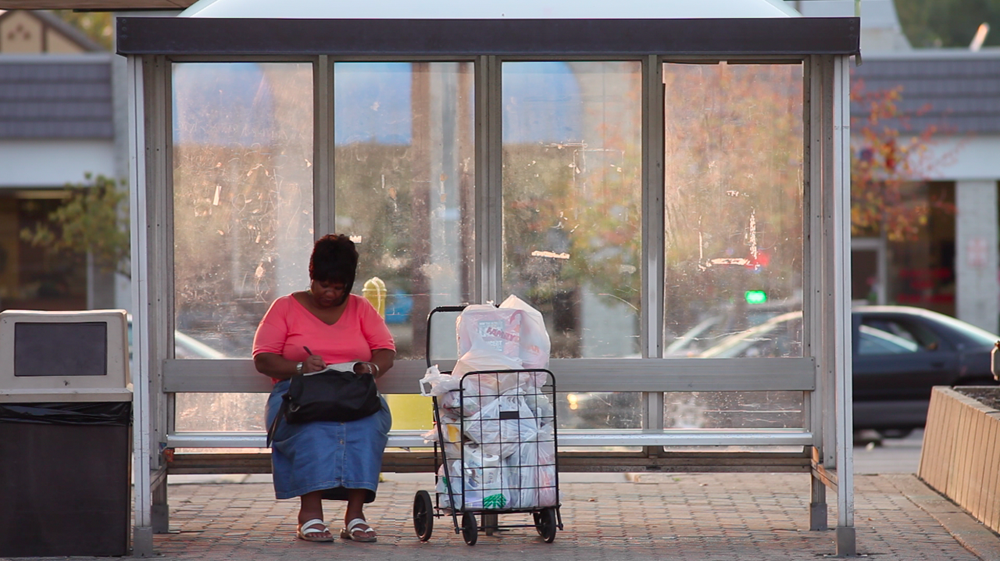 All Aboard Ohio will be holding their quarterly Southwest Ohio meeting in Over-the-Rhine next week at the Moerlein Tap Room.
All Aboard Ohio will be holding their quarterly Southwest Ohio meeting in Over-the-Rhine next week at the Moerlein Tap Room.
Organizers say that they will be updating members, and all in attendance, on the progress of recent activities to develop daily train service from Cincinnati to Chicago, by the way of Indianapolis. The effort is perhaps one of the nonprofit organization’s biggest efforts since the 3C Corridor was notoriously cancelled by Ohio Governor John Kasich (R).
What seems to be different about this effort, however, is the fact that there is bipartisan support from the onset, including a rare unanimous vote from Hamilton County Commissioners supporting the study of such daily service.
Another early advocate has been Cincinnati City Council Transportation Committee Chairwoman Amy Murray (R), who will also be the special guest at All Aboard Ohio’s meeting on Tuesday.
Derek Bauman, SW Ohio Director for All Aboard Ohio, also says that they will update everyone on the construction progress for the Cincinnati Streetcar.
It is all part of an effort, Bauman says, to get more people involved in the process, and engaged on these important issues.
“Since being elected to the board back in May, I’ve spent the summer and fall building advocacy for daily service from Cincinnati to Indianapolis and Chicago,” Bauman explained. “We have made some great progress, yet have a long way to go.”
Some of the other success, he says, can be seen in the 60 new All Aboard Ohio members from the Cincinnati area that have joined in recent months. It is a number he is pleased with, but hopes will grow even more. As a result, the meeting at Moerlein Tap Room will be open to anyone who wants to attend.
All Aboard Ohio’s SW Ohio quarterly meeting is free and open to the public, and will take place at 6pm on Tuesday, November 18 at the Moerlein Tap Room in Over-the-Rhine’s Northern Liberties district. The location is well-served by Metro bus service and has free bike parking readily available. There are also two Cincy Red Bike stations located within two blocks of the venue.


